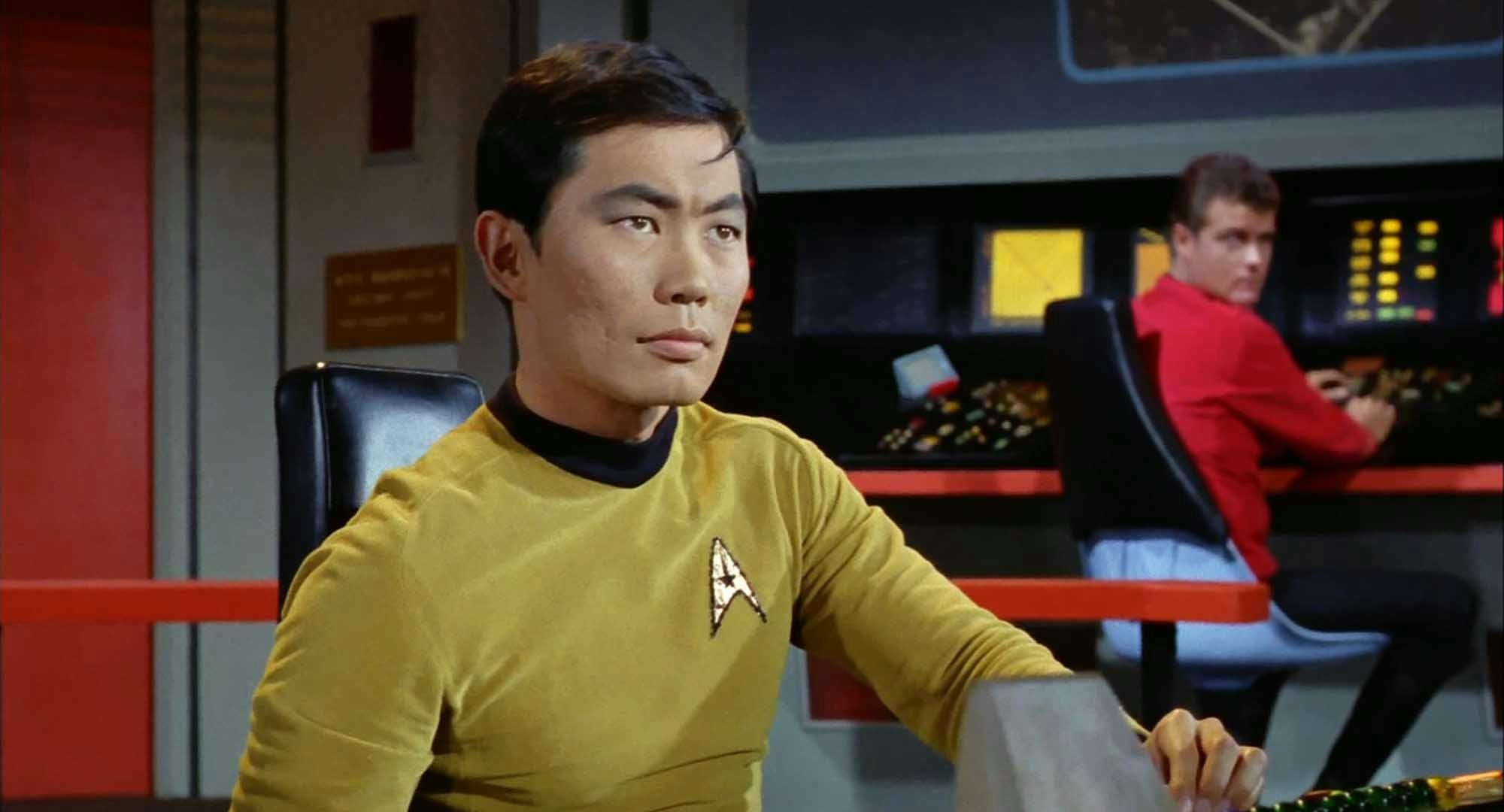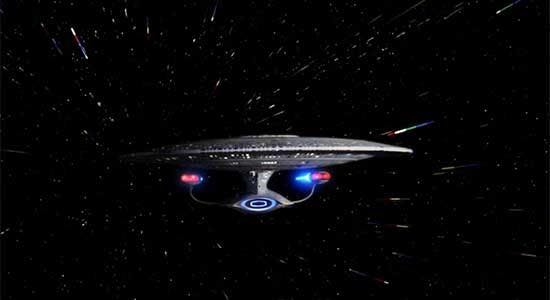Published Feb 3, 2019
Give Me Warp Three, Mr. Sulu
Learn the basics of warp drive, Trek's faster-than-light technology, in the latest Star Trek 101 entry

StarTrek.com
Star Trek 101 serves two functions: succinctly introduce Star Trek newcomers to the basic foundations and elements of the franchise and refresh the memories of longtime Trek fans. We're pulling our entries from the book Star Trek 101: A Practical Guide to Who, What, Where, And Why, written by Terry J. Erdmann & Paula M. Block and published in 2008 by Pocket Books. An invaluable resource, it encompasses Star Trek: The Original Series, Star Trek: The Animated Series, Star Trek: The Next Generation, Star Trek: Deep Space Nine, Voyager andStar Trek: Enterprise, as well as the first 10 Trek feature films.
Today, we share Star Trek 101's file on Warp Drive:
The Enterprise is a faster-than-light spacecraft. In other words, it is capable of traveling faster than the speed of light (186,000 miles per second). Of course, the ship can travel slower than that too, by using its impulse drive — basically, a souped-up version of the type of propulsion system that moves our space shuttles. But on impulse drive, it would take 400,000 years to cross the galaxy. Hence the need for faster-than-light technology: warp drive.

StarTrek.com
Warp-drive engines allow particles of matter and antimatter to commingle within a reaction chamber. When the particles get together, they destroy each other, giving off a helluva lot of energy in the process, and allowing the ship to “warp” space. The matter and antimatter reaction is regulated by a dilithium crystal. That’s why dilithium crystals are so valuable, and why the plots of so many episodes hinge on various species fighting over them.
The Enterprise generally moves through space at warp factors ranging from warp 1 to warp 8.
Paula M. Block and Terry J. Erdmann are coauthors of numerous books about the entertainment industry, including Star Trek 101; Star Trek Costumes: Fifty Years of Fashion from the Final Frontier; Star Trek: The Original Series 365; and Star Trek: Deep Space Nine Companion. They currently are writing the latest in their series of Ferengi novellas, which (so far) includes Lust’s Latinum Lost (and Found); and Rules of Accusation. Their most recent non-Star Trek book is Labyrinth: The Ultimate Visual History.

